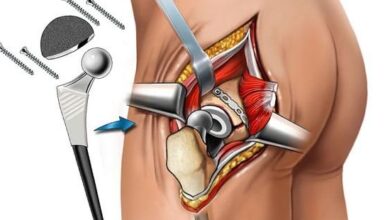Breathing and Relaxation Techniques for Labor

Labor is usually the shortest and the toughest part of bringing a child to this world. The labor process can only last an hour, but the pain can be unbearable within that time.
However, if you practice some controlled breathing and relaxation techniques, you’ll have one of the easiest birthing processes.
Here are some breathing and relaxation techniques you need to master for labor.
Slow Paced Breathing
When your contraction just began, the first thing you need to think of is your relaxation. If you don’t take control of your reaction when you notice the first contraction, you’ll get restless and out of control.
All of a sudden, you’ll start panting and breathing heavily. Do you think you’ll have the strength to reach the final stage if you’re already panting at the first contraction?
Learn to keep calm and relaxed immediately you notice the signs of labor. This is the time to start practicing the relaxation techniques you were practicing throughout your pregnancy. Your partner and midwife will help you relax your entire body as the uterus keeps contracting.
Concentrate on the focal points of your body. Feel your lungs with a deep breath through your nose and exhale through your mouth. When the contraction reduces, take a deep breath and return to normal breathing.
Modified Paced Breathing
You’ll transition to this breathing technique once your labor reaches its active stage and your cervix dilates to 5 centimeters.
At this stage, slow-paced breathing will no longer help through the contraction. Instead, you need to improve your pace to match the intensity of labor.
If you attended Hypnobirthing classes, you must have practiced this technique and understand how it works. In addition, you need to practice this technique daily before your due date to condition your body to it.
The technique involves taking a deep and relaxing breath. The breathing needs to be faster but lighter. Your contraction will normally pick around 30 seconds.
If you feel like it’s reducing, you should also slow your breathing. Modified-paced breathing generally means you’ll be breathing faster than your normal pace.
Transition Breathing Technique
This breathing technique will help keep you from pushing when you feel the urge until your midwife gives you the go-ahead.
Normally, your cervix won’t be fully dilated at the second stage, but the desire to push the baby will be there. You’ll start feeling the pressure on your rectum like you feel when you need to move your bowels.
Control yourself with this breathing technique to distract your body until you’re fully dilated and ready to push. If you push too soon, you might end up with a serious swelling or a tear on your cervix.
To practice this technique, take a deep breath and pant severally. Next, make an O with your mouth and imagine blowing a candle. Repeat the technique and breathe each time you feel the urge to push.
Blowing air outwards will make it impossible for you to strain downwards, and you’ll resist that urge to push. This breathing technique also saves up the energy you’ll badly need when it’s finally time to push.






